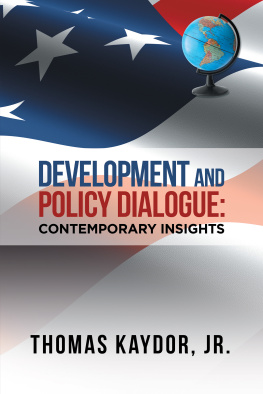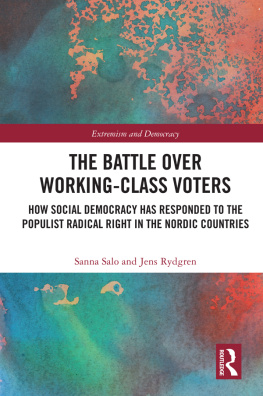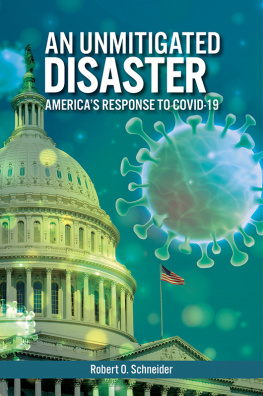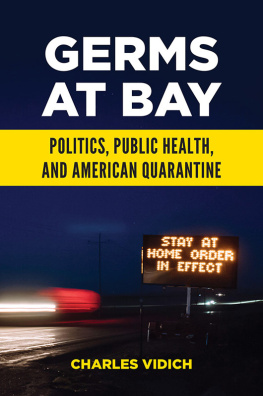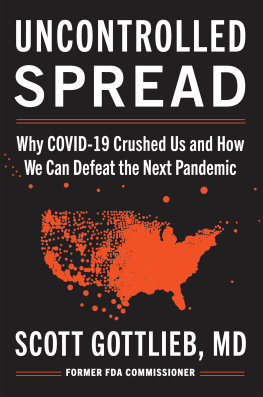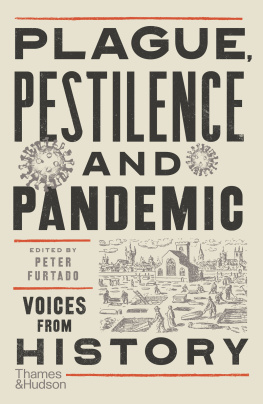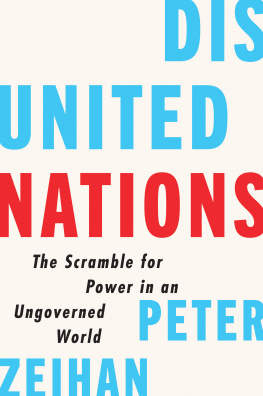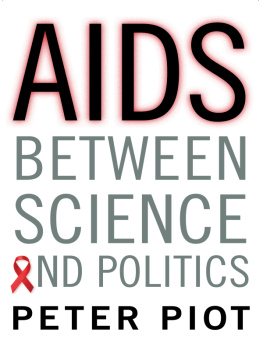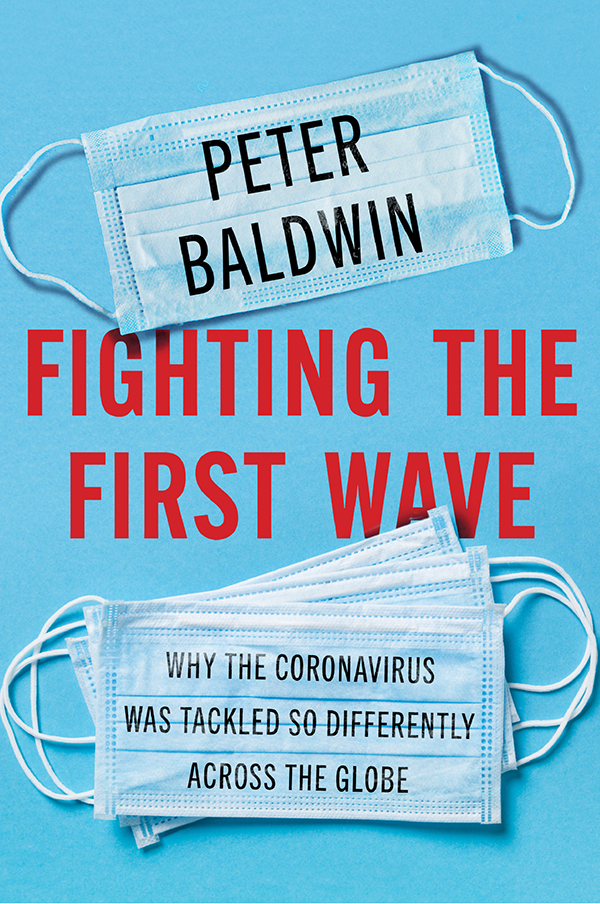Fighting the First Wave
Covid-19 is the biggest public health and economic disaster of our time. It has posed the same threat across the globe, yet countries have responded very differently and some have clearly fared much better than others. Peter Baldwin uncovers the reasons why in this definitive account of the global politics of pandemic. He shows that how nations responded depended above all on the political tools available how firmly could the authorities order citizens lives and how willingly would they be obeyed? In Asia, nations quarantined the infected and their contacts. In the Americas and Europe they shut down their economies, hoping to squelch the viruss spread. Others, above all Sweden, responded with a light touch, putting their faith in social consensus over coercion. Whether citizens would follow their leaders requests and how soon they would tire of their demands were crucial to hopes of taming the pandemic.
Peter Baldwin is Professor of History at the University of California, Los Angeles and Global Distinguished Professor at New York University. His previous publications include Disease and Democracy: The Industrialized World Faces AIDS , Contagion and the State in Europe, 1830 1930, and The Copyright Wars: Three Centuries of Trans-Atlantic Battle . His latest book, Command and Persuade: Crime, Law, and the State across History , is forthcoming in the fall of 2021.
Also by Peter Baldwin
Command and Persuade: Crime, Law, and the State across History
The Copyright Wars: Three Centuries of Trans-Atlantic Battle
The Narcissism of Minor Differences: How America and Europe Are Alike
Disease and Democracy: The Industrialized World Faces AIDS
Contagion and the State in Europe, 1830 1930
The Politics of Social Solidarity: Class Bases of the European Welfare State, 1875 1975
Fighting the First Wave
Why the Coronavirus Was Tackled So Differently Across the Globe
Peter Baldwin
University Printing House, Cambridge CB2 8BS, United Kingdom
One Liberty Plaza, 20th Floor, New York, NY 10006, USA
477 Williamstown Road, Port Melbourne, VIC 3207, Australia
314321, 3rd Floor, Plot 3, Splendor Forum, Jasola District Centre, New Delhi 110025, India
79 Anson Road, #0604/06, Singapore 079906
Cambridge University Press is part of the University of Cambridge.
It furthers the Universitys mission by disseminating knowledge in the pursuit of education, learning, and research at the highest international levels of excellence.
www.cambridge.org
Information on this title: www.cambridge.org/9781316518335
DOI: 10.1017/9781009000222
Peter Baldwin 2021
This publication is in copyright. Subject to statutory exception and to the provisions of relevant collective licensing agreements, no reproduction of any part may take place without the written permission of Cambridge University Press.
First published 2021
Printed in the United Kingdom by TJ Books Ltd, Padstow Cornwall
A catalogue record for this publication is available from the British Library.
ISBN 978-1-316-51833-5 Hardback
Cambridge University Press has no responsibility for the persistence or accuracy of URLs for external or third-party internet websites referred to in this publication and does not guarantee that any content on such websites is, or will remain, accurate or appropriate.
For Christopher and Ian,
frres et confrres
Contents
Introduction: One Threat, Many Responses
By the end of 2020, the contours of the coronavirus pandemics first act were slowly coming into focus. Having passed through the first wave, some nations, such as South Korea, Singapore, New Zealand, China, and Australia, had arrived at the comparatively enviable position of battling second-order flare-ups. Many European nations, however, had let down their guard during the summer, permitting vacation travel. By the early fall, with the opening of schools, some of these spikes were turning into second waves in Spain, Israel, France, and Britain. Though boosted by increased testing, infection rates were approaching and surpassing the first wave of the spring. Having dodged a bullet the first time around, Eastern Europe was now being hit hard.
The UK was scrambling to put out flare-ups in the northern provinces to sidestep another lockdown by clamping down in a more localized manner. New restrictions were imposed in October, hoping to avoid a circuit breaker lockdown. When that proved insufficient in November, non-essential businesses were closed again, people told to stay home. By September, Israel had closed down again to nip a second wave in the bud. Ireland shut down for six weeks starting in October, the Netherlands locked down partially. France and Germany imposed national shutdowns at the end of the year. A hundred thousand French police were mustered to squash New Years celebrations. In the US, some states had tamed the first wave with firm measures, but in others, a premature opening up again, or little closure in the first place, had allowed cases and mortality to swell once more. Many states were reimposing lockdown. When schools and universities reopened in September, college towns became the new hot spots. By October, a third wave was rising, in effect the first or second waves in areas not yet hard hit.
Elsewhere, outside the developed world, the epidemics first wave had finally peaked. Africas infections had mercifully reached their preliminary highpoint in June, though by late December a second wave appeared to be swelling. By October, both South Asia and Latin America also seem to have gotten over their first humps.
Much about the virus remained unknown or still undetermined biologically and medically. How effective and enduring was the immune response? By November, the first vaccine successes were booked, sparking hope. Because we did not at first know if vaccines prevented transmission too, and not just symptoms, whether they would slow the pandemics progress was unclear. The vaccinated might remain vectors. How quickly was the coronavirus mutating as it spread? Precisely how transmissible and how deadly was it? New, apparently more transmissible strains, sequenced at the end of 2020, were worrisome. But some aspects of the pandemic could now slowly be discerned. How had nations dealt with it as a public health emergency? Had some been more adept and more successful? Of course, subsequent waves and virus mutations may alter any judgments that can be leveled now. But, barring miscalculations and surprises, we can draw some tentative conclusions.
First, what we know about the virus medically has had surprisingly little influence on how nations decided to tackle the pandemic as a public health threat. The virus was rapidly identified and tests for it developed. That it spread primarily via respiratory droplets between humans, expelled as they coughed, sneezed, or breathed, quickly became apparent. Later, a more general aerosol transmission was identified as critical. Evident, too, and bad news, was its two-week incubation period, allowing it to spread undetected. Though crucial, it was less clear whether victims were infectious even before they developed, or without having had, symptoms. Still, there was sufficient information to plan the public health counterattack.




